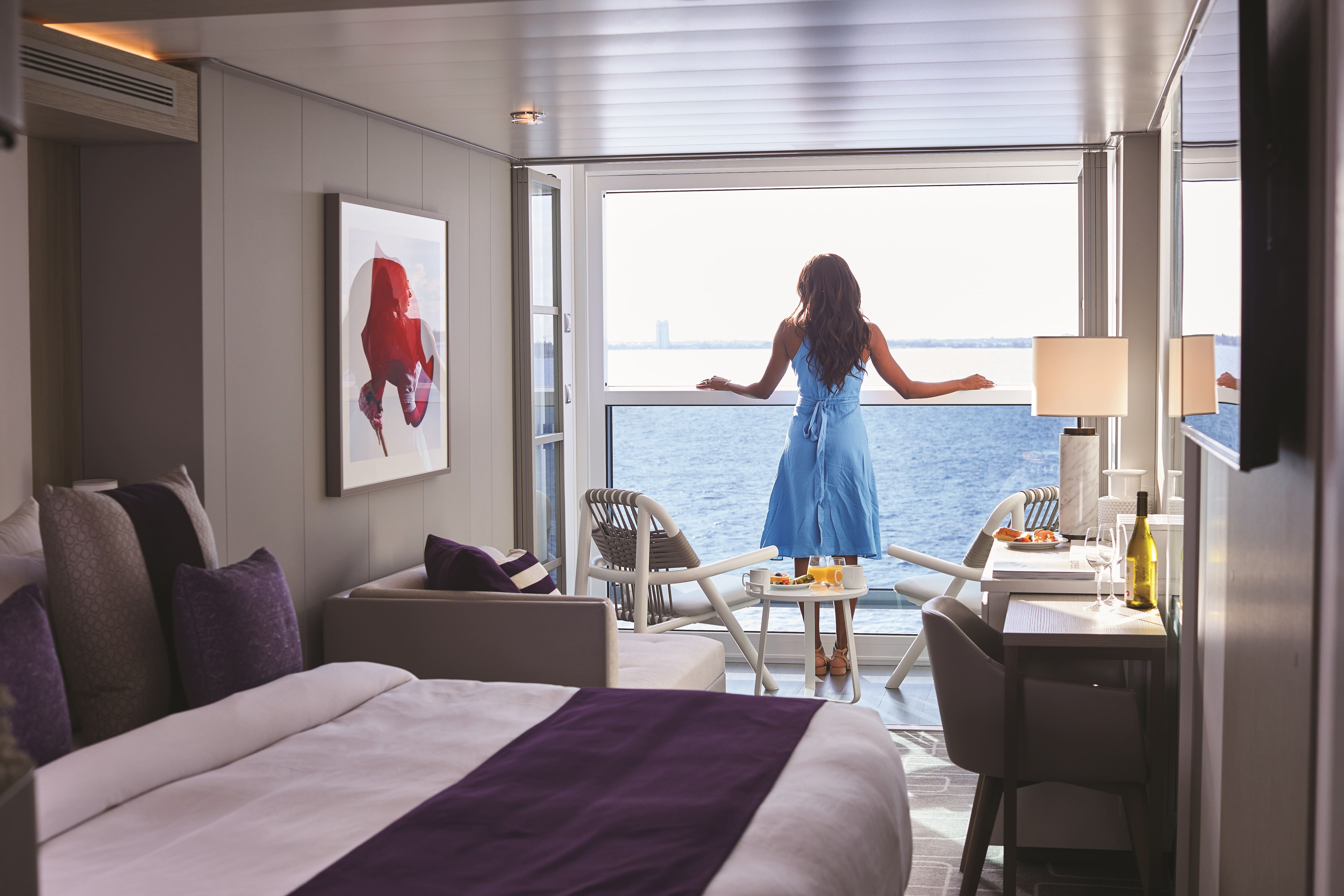Some say that interior cabins have an advantage over oceanview or balcony staterooms because you won’t see the waves or motion outside the ship. However, others say that any room that has a window or balcony will feel more roll than an interior room.
Quick Navigation
Where do you feel most movement on cruise ship

The forward is subject to the most movement out of anywhere on a ship. And the higher the deck, the more pronounced that rolling and swaying motion tends to feel. Movement at the aft is a bit less drastic than the forward, but still isn’t the most stable place for those who are prone to seasickness.
Going on a cruise can be an amazing experience, but for some people, the thought of being on a ship for an extended period of time can bring about concerns related to motion sickness.
If you’re someone who is prone to motion sickness, choosing the right room for your cruise can make a significant difference in how you enjoy your trip. In this article, we’ll explore the best cruise room options for those who are sensitive to motion sickness.
1. Midship Rooms
When it comes to selecting a cruise room that minimizes the effects of motion sickness, midship rooms are often recommended. These rooms are located in the middle of the ship, where the movement is less pronounced compared to cabins located at the bow or stern.
The stability provided by midship rooms can help reduce the feeling of motion, making it a favorable choice for individuals prone to seasickness.
2. Lower Decks
Opting for a room on a lower deck can also be beneficial for those concerned about motion sickness. Lower deck cabins experience less movement than those located higher up on the ship. Additionally, being closer to the water can provide a greater sense of stability, potentially minimizing the impact of seasickness.
3. Balcony ooms
While it may seem counterintuitive, some individuals find that having access to fresh air and natural light can help alleviate feelings of motion sickness. Booking a balcony room allows you to step outside and experience the open ocean, which can be beneficial for those looking to combat the symptoms of seasickness.
It’s important to note that this option may not work for everyone, as the sensation of being outside could exacerbate motion sickness for some individuals.
4. Inside Cabins
For individuals prone to motion sickness, inside cabins – which are situated in the interior of the ship and lack windows – may offer a sense of relief. Without a view of the outside environment, some people find it easier to manage feelings of motion sickness.
Inside cabins can also provide a darker and more enclosed space, which may help mitigate symptoms for certain individuals.
5. Stateroom Placement
When selecting a cruise room, it’s essential to consider the placement of the stateroom within the ship. Cabins located near the ship’s stabilizers can experience less movement, potentially reducing the impact of seasickness.
Additionally, avoiding rooms near high-traffic areas such as the engine room or entertainment venues can contribute to a more serene environment, which may be beneficial for individuals prone to motion sickness.
Frequently Asked Questions
Can Cruise Rooms Help With Motion Sickness?
Cruise rooms equipped with stabilizers and midship locations can help reduce the effects of motion sickness.
Conclusion
Choosing the best cruise room for motion sickness involves careful consideration of various factors, including location, deck level, and cabin type.
While there is no one-size-fits-all solution, opting for midship rooms, lower decks, balcony rooms, inside cabins, and strategically placed staterooms can provide a better experience for those susceptible to seasickness. By making an informed choice when selecting your cruise accommodation, you can enhance your overall comfort and enjoyment during your voyage at sea.

